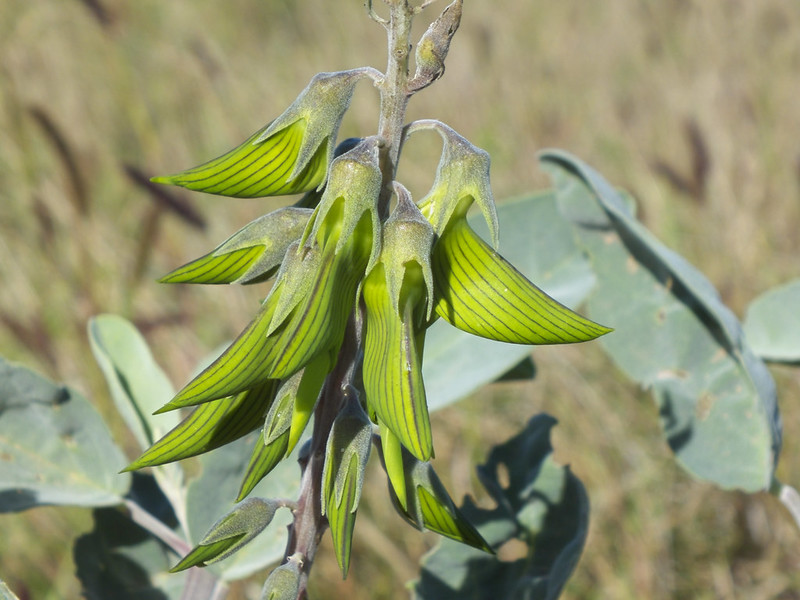
Regal Birdflower Facts
- Most notably, the awesome Regal Birdflower represents yet another of Nature’s little facsimiles. However, certain mysteries surrounding it continues. That’s because, firstly, it remains completely unknown, whether or not this example of the principle serves a specific evolutionary purpose.
- Secondly, the remarkable plant holds yet another surprise for those new to awareness of it. That’s due to the fact that the exact nature of this delightfully delicate species may completely surprise many of you. This occurs because this beautiful and unique looking plant actually classifies as a type of legume.
- The seemingly delicate marvel of Nature also conceals a third surprise. Somewhat surprisingly, this plant, unlike many others, does not appear to be in danger at the moment. That holds true due to the fact that, for now at least, its population appears to be sufficient and stable.
- For that pleasantly surprising reason, therefore, the IUCN currently lists the Regal Birdflower as a Species of Least Concern. Yet, some potential threats do presently loom on the horizon, just as with many species. These primarily include the dangers climate change and habitat loss.
Related Articles
Regal Birdflower Physical Description
First of all, the truly marvelous Regal Birdflower evolved as a variety of perennial shrub. Furthermore, and uncommonly, its size at maturity varies widely between individual specimens. In this trait, at least, the beautiful plant mirrors many related species. As a result, mature plants typically range from 3.3 – 10 ft (1 – 3 m) in height.
In addition, its numerous branches further develop a woolly or hairy appearance. Furthermore, these many features typically display various dull shades. Meanwhile, the leaves of the remarkable species have an oval shape. Quite remarkably, these same incredible leaves reach an average length measuring about 12 in (30 cm).
But, the distinctively shaped flowers of the Regal Birdflower nevertheless remain its most memorable feature, as its common name implies. These gorgeous blooms generally display a surprising pea-green color. They also develop marked with thin black lines. Yet the shape of these represents its most astonishing feature, since these resemble a small bird.
- Kingdom: Plantae
- Phylum: Angiosperms
- Class: Eudicots
- Order: Fabales
- Family: Fabaceae
- Genus: Crotalaria
- Species: C. cunninghamii
Regal Birdflower Distribution, Habitat, and Ecology
Firstly, it must be noted that the gorgeous Regal Birdflower appears to be solely native to a particular region of the world. Perhaps not surprisingly to some, this consists of a small portion of the continent of Australia. More specifically, this quite restricted region of the continent encompasses only the northern inland areas.
Further, the sincerely wonderful shrub also evolved as endemic to a rather specialized habitat type. This specific region of the continent principally consists of regions of unstable sand dunes, beaches. In addition, its habitat also typically includes groupings of mulga trees. Yet, the reason for this last area remains undetermined.
Additionally, the stunning plant named the Regal Birdflower stands out from many other plants for yet another reason. This holds true due to the fact that it achieves its pollination via the actions of two distinct groups. These consist of various larger species of bee, and birds in the Meliphagidae Family, otherwise known as honeyeaters.
Species Sharing Its Range
Check out our other articles on Distinctive North American Woody Shrubs, Loggerhead Sea Turtle, White Spotted Puffer, Jewel Caterpillar, Bornean Flat Headed Frog, Long Eared Owl
